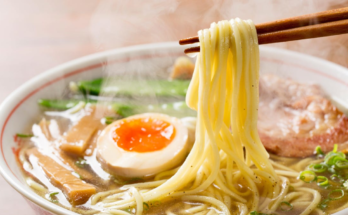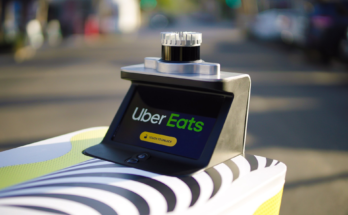
Travel products site Minimus reports that 18% of surveyed travelers have admitted they often forget to pack a toothbrush. (Glad to hear I am not the only one). It’s worse when you get to your destination late, you can’t easily get to a store to buy a replacement, and your hotel doesn’t offer them to guests. If you hate going to bed with the day’s bacteria on your teeth and gums, here are some ways to maintain oral hygiene without a toothbrush.
Use your finger
In a pinch, just use your finger—the Pennsylvania center for dental implants and periodontics says “brushing” your teeth with toothpaste and a finger is a sufficient method of removing plaque on occasion. Just put a dollop of toothpaste on your finger and rub it around all sides of your teeth and gums as you would if you actually had a toothbrush—though you may want to first consider rinsing your mouth out with water several times to clean out your mouth and remove as much food debris as possible.
Mix floss and mouthwash
If you forgot your toothbrush but have access to floss and mouthwash, you are in good shape. Simply floss, rinse your mouth out thoroughly with water, then follow up with a swish of mouthwash to kill any lingering bacteria. (Yes, we recognize the likelihood you forgot your toothbrush but remembered floss and mouthwash is very low.)
G/O Media may get a commission
Use a washcloth
A washcloth is my alternate toothbrush of choice when I have forgotten mine. The rough texture will rub off more plaque than your finger alone ever could. This method can also be accomplished with a paper towel. First, rinse your mouth with water to remove as much food as you can. Then, wrap the cloth or paper towel around your index finger, and put toothpaste on the covered finger if you have it (though it’s worth doing even if you don’t). Rub the washcloth around all parts of your teeth and gums. I also have been known to use a washcloth to brush my tongue, scrubbing it as clean as possible. Rinse, and then use mouthwash (if you have it).
Eat vegetables
Strangely enough, Grace & Leedy Dentistry and other dentists recommend eating crunchy vegetables in lieu of a good brushing. “Fibrous vegetables can act as a brush in their own way. As you eat them, the act of biting can remove existing food particles and clean your teeth,” Grace & Leedy explains, and notes that if you could probably use a celery stalk as an alternative toothbrush. (Let’s imagine the scenario in which you need to brush your teeth and have access to toothpaste and celery but not a toothbrush.)
Chew (sugarless) gum
As with chomping on vegetables, chewing gum can be a great way to remove plaque when brushing is not an option. Chewing gum can dislodge any food particles in your teeth and cause you to salivate, which is the body’s natural disinfecting mouthwash. Humana healthcare suggests steering clear of sweets and using sugarless gum until you can get a replacement toothbrush.
Oil pulling
The Schaumburg Dental Studio in Illinois recommends a process called “oil pulling,” a brushless method involving swishing a teaspoon of oil in your mouth. “Oil-pulling is said to remove toxins from your mouth,” Schaumburg Dental Studio says, though the science on this one is a bit murky. Coconut oil and sesame oil are said to be the most effective in removing toxins, but sunflower oil or olive oil could work as well.


